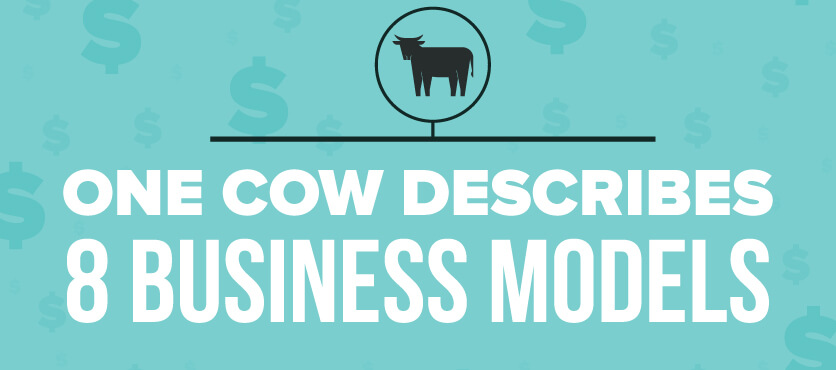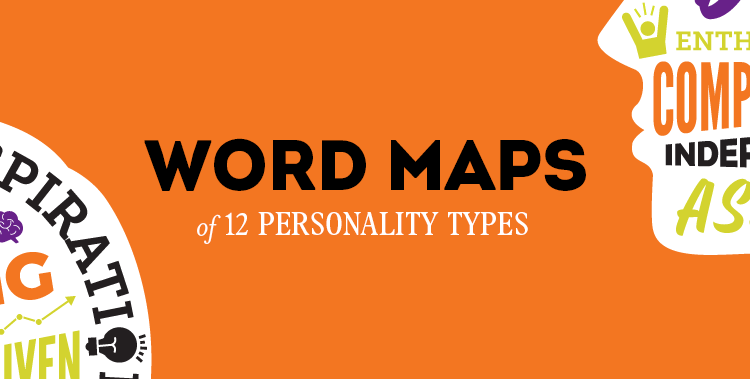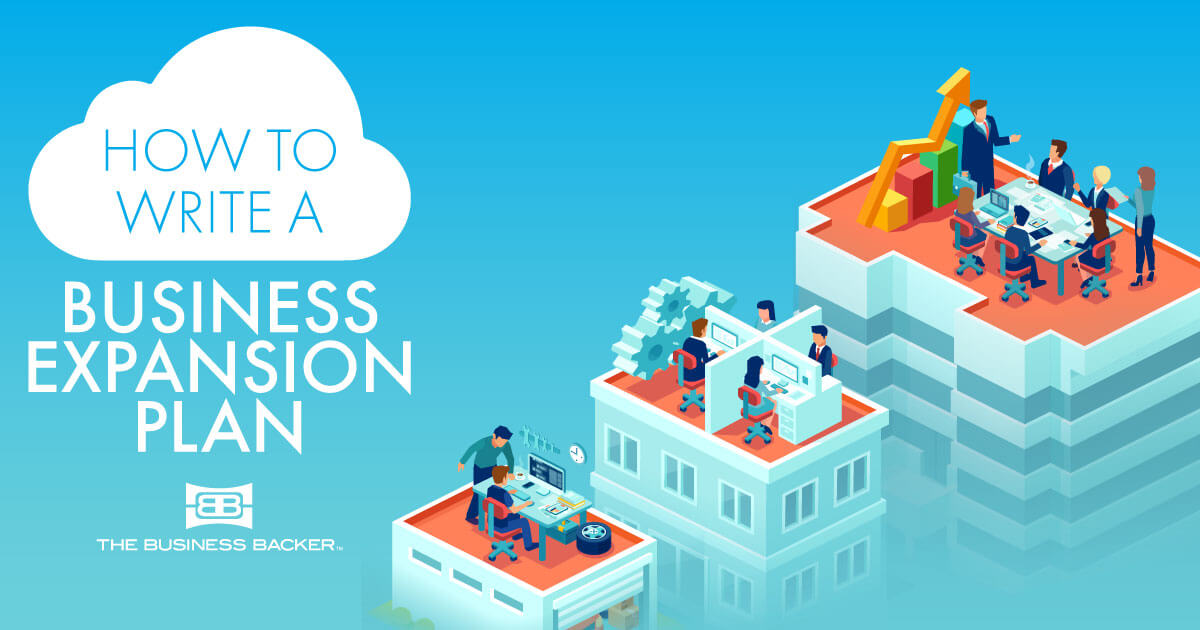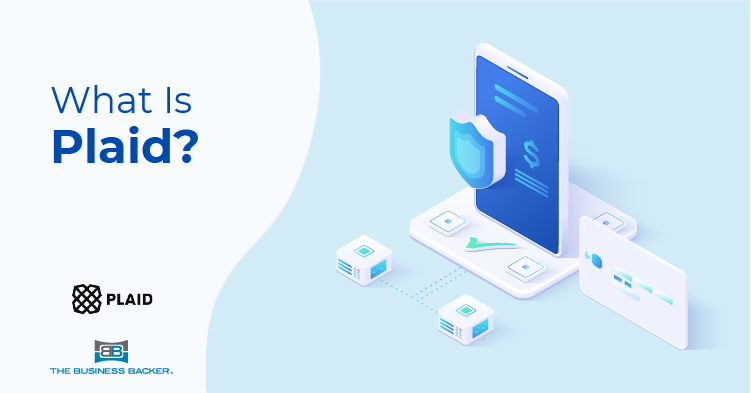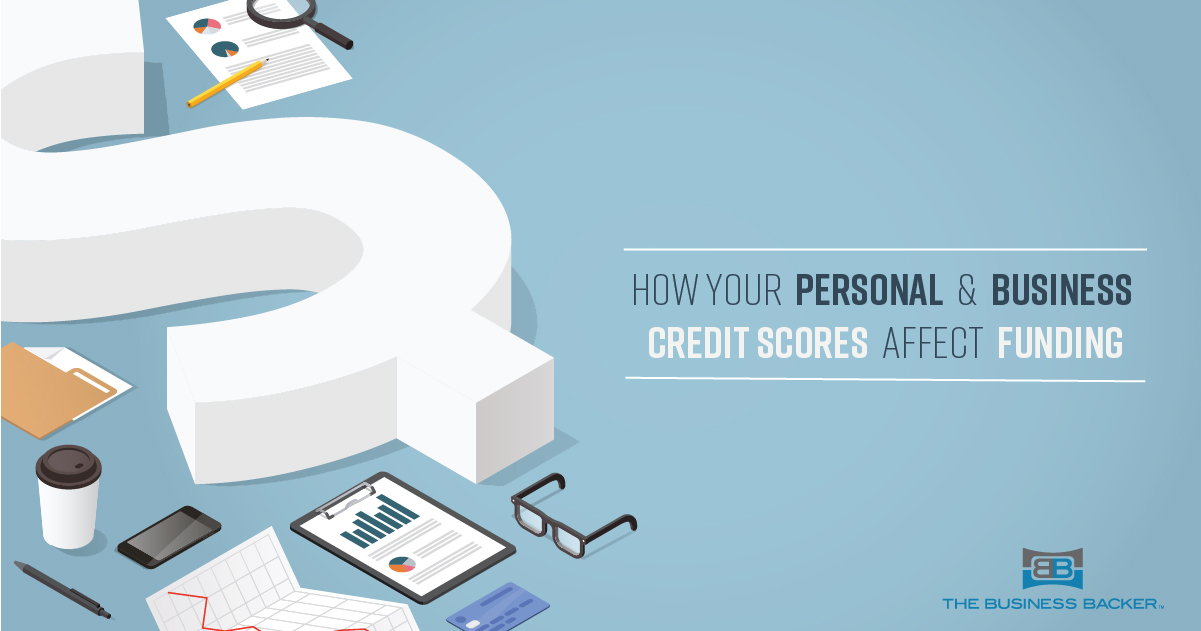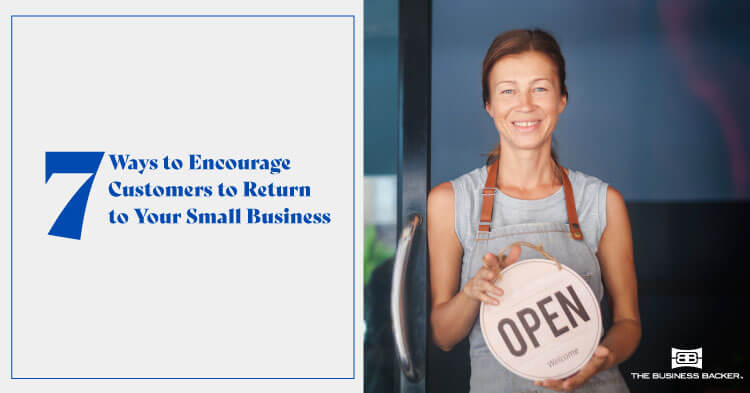One Cow Describes Eight Business Models
Business theory can be tricky to understand. Leave it to the power of one cow to help you grasp the workings of these popular business models.
The Direct Sales Model

A direct sales business operates through a network of salespeople. Typically there is no fixed retail location.
Examples: Avon, Mary Kay, Traveling Vineyard
The Freemium Model

A business under a freemium model gives away a service at no cost before offering advanced services as add-ons.
Examples: Dropbox, Hootsuite, MailChimp
The Subscription Model

The objective of a subscription business model is to retain customers under a long-term contract and secure recurring revenue.
Examples: Netflix, eHarmony
The Franchise Model

Under a franchise business model, business owners purchase another organization’s business strategy.
Examples: McDonald’s, Subway, Starbucks
The Loss Leader Model

Loss leader model is a strategy in which a store sells selected goods below cost in order to attract customers who will make up for the losses on more expensive products.
Examples: Samsung, O2, Microsoft
The On Demand Model

Good or services are sold to customers that are typically centered around online platforms. They often offer delivery in a short timeframe.
Examples: Uber, Airbnb, Instacart
The Ziferblat Model

A unique business model where customers pay for the time in a location and not for extra items such as coffee.
Examples: Ziferblat
The Crowdsourcing Model

Crowdsourcing is the practice of engaging a ‘crowd’ to contribute collectively to a project or cause.
Examples: Zooniverse, MyMachine
It goes to show that the simplicity of one humble cow can help you learn the operations of many businesses today.
Add the full infographic to your blog by copying and pasting the embed code below:
Embed This Image On Your Site (copy code below):
